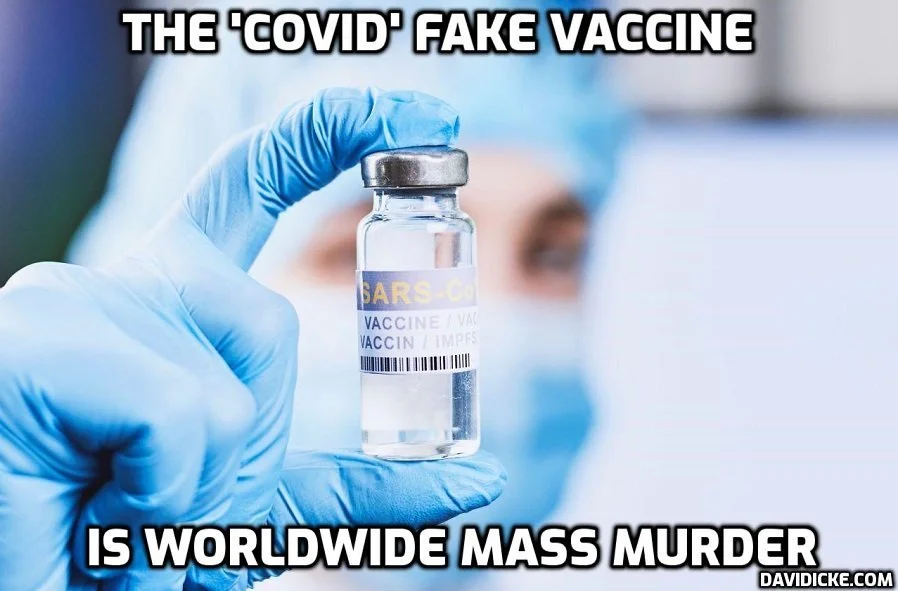This Is How Media Botched Obamacare Headlines Again - NO Changes to Obamacare were Made by Dummy Trump
/
From [Media Matters] News outlets rushed to report on President Donald Trump’s executive order on the Affordable Care Act (ACA) without knowing what exactly it entailed, resulting in botched headlines that uncritically repeated the false claims made by the Trump Administration.
Late on Friday night, Press Secretary Sean Spicer announced that Trump had signed his first executive order on the ACA claiming that it would “ease the burden of Obamacare as we transition from repeal and replace.” Even before the official text of the executive order was released, reporters rushed to file stories with wildly inaccurate headlines such as Politico’s “Trump signs sweeping order that could gut Obamacare” and The Washington Post’s “Trump signs executive order that could effectively gut Affordable Care Act’s individual mandate.” Others just uncritically repeated Spicer’s framing, like NPR’s headline “Trump Signs Executive Order To 'Ease The Burdens Of Obamacare'.”
In contrast to headlines suggesting an immediate, dramatic change to the ACA, the text of the executive order reveals that it amounts to a symbolic gesture indicating the dedication of the Trump Administration to dismantling the health care law -- a commitment already known, and one that Trump’s appointees could act on even without the order. These inaccurate headlines are the newest episode in a repeated pattern of news organizations failing to report the truth when covering Trump’s false and self-serving talking points.In the health care context, this pattern is particularly problematic given the massive impact of repealing the law and the degree to which Americans are uninformed about health care.
These headlines falsely inflated the actual impact of the executive order even as the substance of many of these articles emphasized that the vague wording of the action cast doubt on its actual effects. For example, that same NPR article noted “it's not clear what kind of relief the executive order envisions.” The flawed Politico article emphasized “the order changes nothing immediately and doesn't spell out exactly what Trump would like his government to do,” an important piece of information that was left out of the article's headline.
Numerous health care policy experts called out the news outlets for their flawed analyses, and underscored that this executive order caused no immediate policy changes and instead reflected “recycled campaign talking points” that amounted to a symbolic gesture until further action is taken. For example, Larry Levitt, vice president at the Kaiser Family Foundation, said “this order doesn’t in and of itself do anything tangible” but it sends “a signal that the Trump Administration is not waiting for Congress” on dismantling the ACA. Tim Jost, health law expert and law professor at Washington and Lee College, emphasized that law “doesn’t allow [Trump] to repeal the Affordable Care Act unilaterally” and noted that no action was likely “until the heads of HHS, Treasury, and probably Labor, as well as the CMS Administration and IRS Commissioner are in place.” Five Thirty Eight’s Anna Maria Barry-Jester explained that the executive action “does very little because it doesn’t grant the administration any powers that it didn’t already have” but that it did telegraph “that change is coming.”
The flawed coverage of Trump’s first executive order is the latest in a trend of inadequate headlines in the coverage of the Republican Party’s moves on the ACA. During an interview with The Washington Post, Trump promised his ACA replacement will guarantee “insurance for everyone,” prompting a spate of headlines that uncritically repeated his vow, despite the fact that he has released no policy details, and all existing GOP replacement ideas would result in millions losing coverage. Similarly, when Trump’s nominee for the Secretary of Health and Human Services, Tom Price, declared that “nobody is interested in pulling the rug out from under anybody,” news outlets made the headline his “vow” to not take away health care coverage, when in reality, Price’s own health care policy proposals would gut coverage and seriously degrade the health care system.
News organizations repeatedly publishing flawed headlines are doing a disservice to their audiences, even if underlying reporting in their articles may accurately contextualize the headlining statements. As The Washington Post reported, “roughly six in 10 people acknowledge that they have done nothing more than read news headlines in the past week,” and “that number is almost certainly higher than that, since plenty of people won't want to admit to just being headline-gazers but, in fact, are.”
The gravity of repealing the ACA and the relative lack of public comprehension of health care policy highlights the need for news outlets to do a better job in crafting their ACA headlines. The repeal of the ACA will result in millions losing health care, allow the return of medical underwriting which discriminates against women for being women and against individuals with pre-existing conditions, and will disproportionately impact the marginalized and vulnerable. ACA repeal affects all Americans, regardless of whether or not they get their insurance through the exchanges.
Additionally, Americans remain confused about what the ACA actually does, as polls show high approval ratings for many individual parts of the ACA while largely disapproving of the law as a whole. A recent NPR poll showed that while most people knew the ACA covered individuals with pre-existing conditions, more than half of the respondents “didn't know that the ACA reduced the number of people who are uninsured to a record low” -- one of the biggest accomplishments of the law. The combination of the enormous impact of repeal combined with the confusion that pervades the health law means that news outlets must be more diligent in crafting headlines for ACA stories, since often that headline will be the only thing the general public reads.








































































































































































































































































